Deep learning for the detection of γ-ray sources:
Bridging the gap between
training simulations and real telescope observations using unsupervised domain adaptation
GammaLearn update status
| Author | Under the supervision of |
| Michaël Dell'aiera (LAPP, LISTIC) | Thomas Vuillaume (LAPP) Alexandre Benoit (LISTIC) |
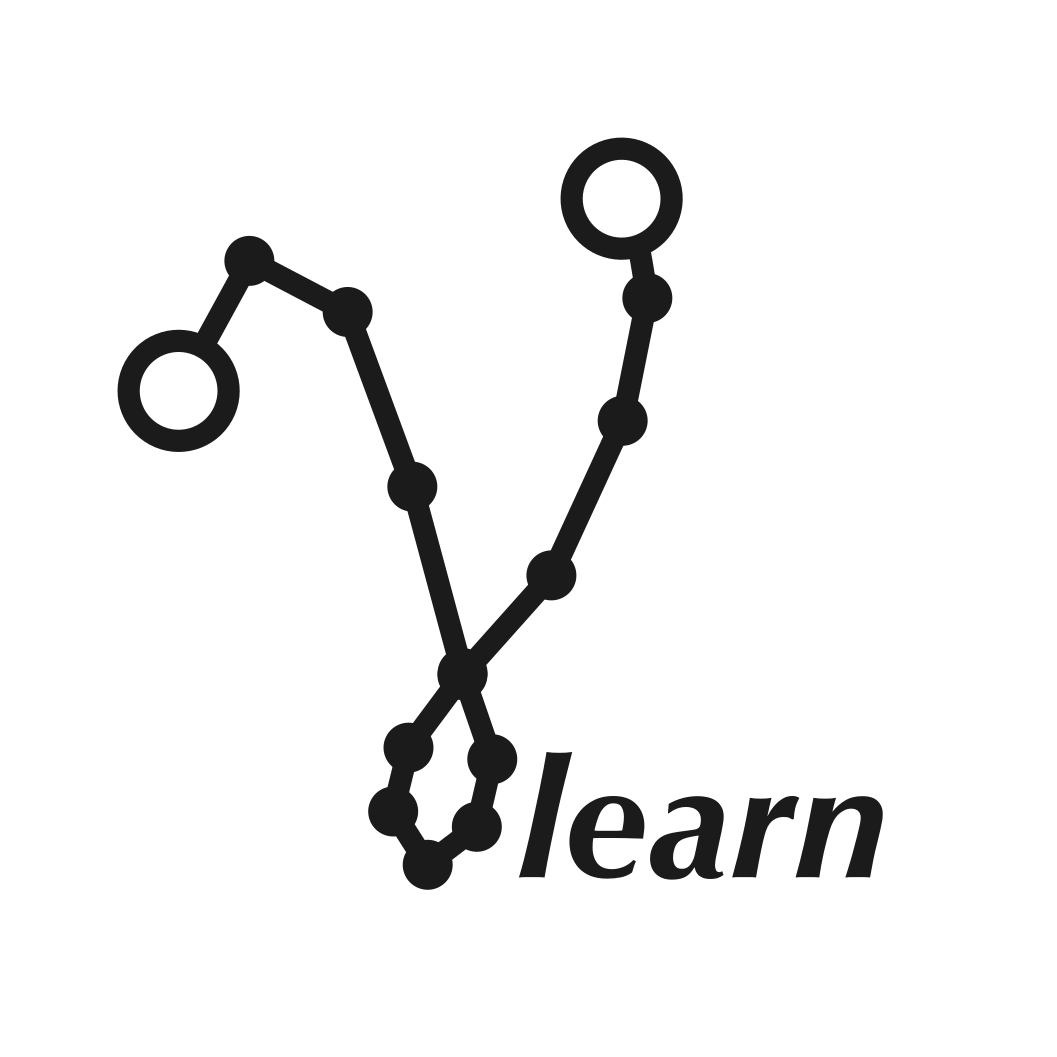
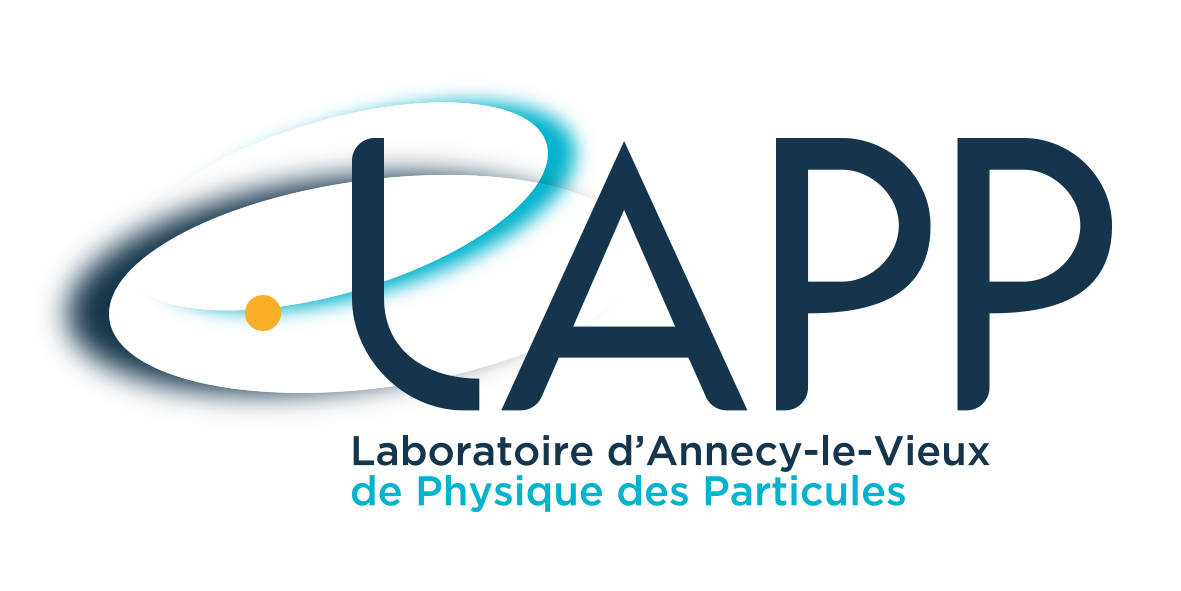
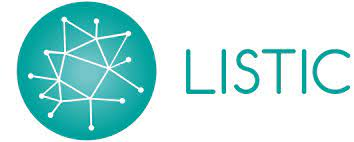
dellaiera.michael@gmail.com
Introduction
Contextualisation
**[GammaLearn](https://purl.org/gammalearn)** * Fosters innovative methods in AI for CTA * Evaluate the added value of deep learning
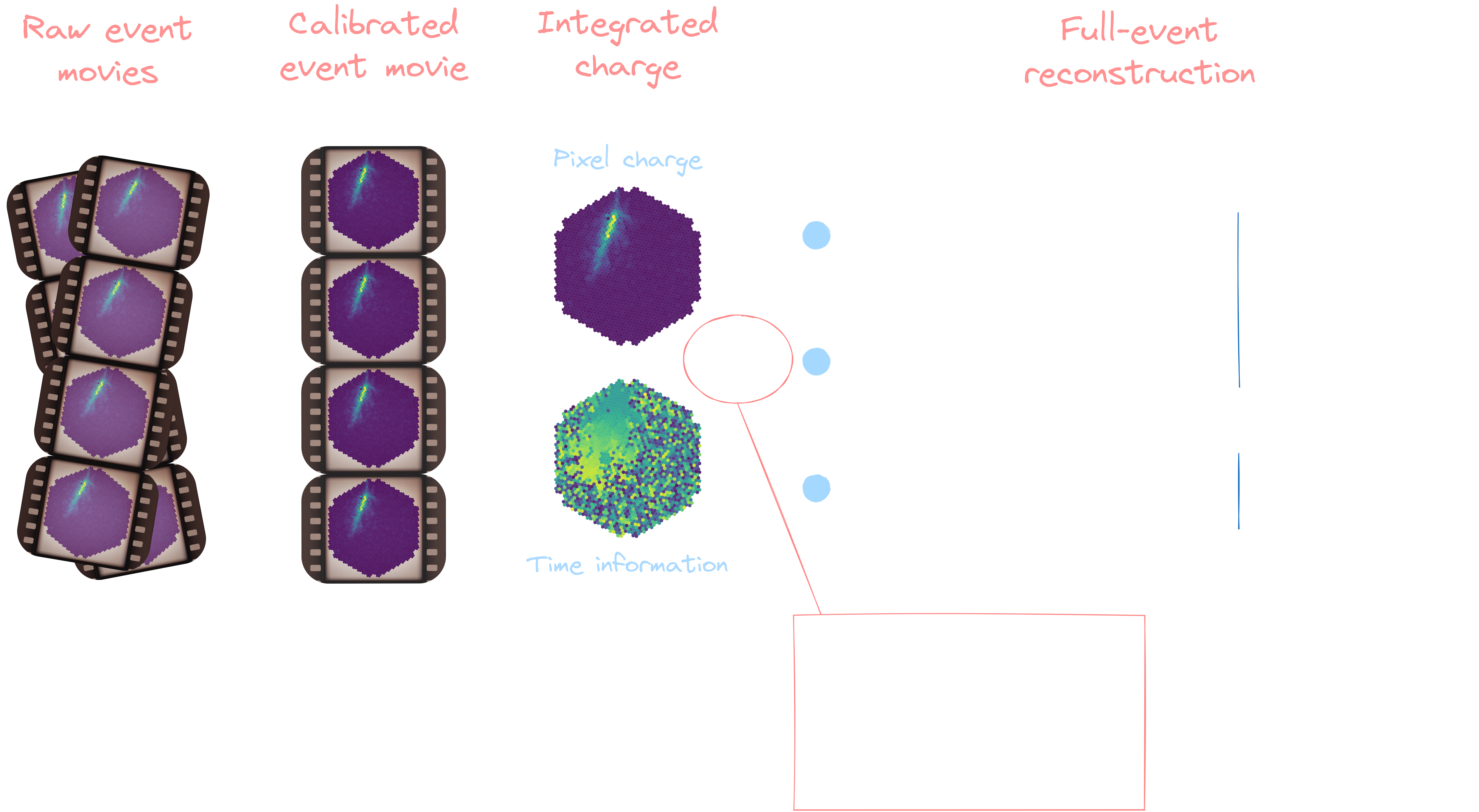
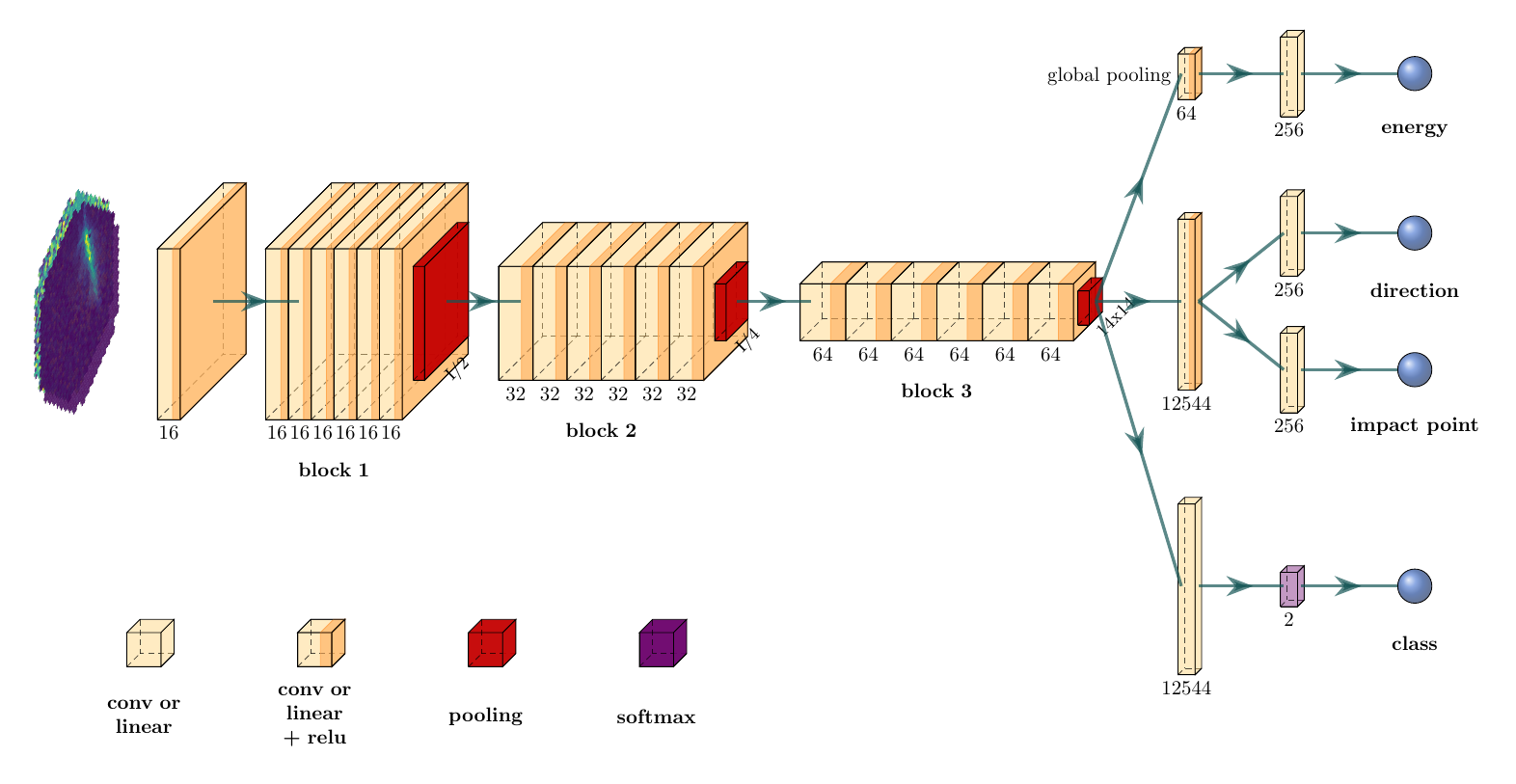
**[Main results (Published)](https://arxiv.org/abs/2108.04130)** * Outperforms Hillas+RF on MC and on real data in controlled environment * But performances on real data could be improved → Domain adaptation
Sensitivity of γ-PhysNet to NSB
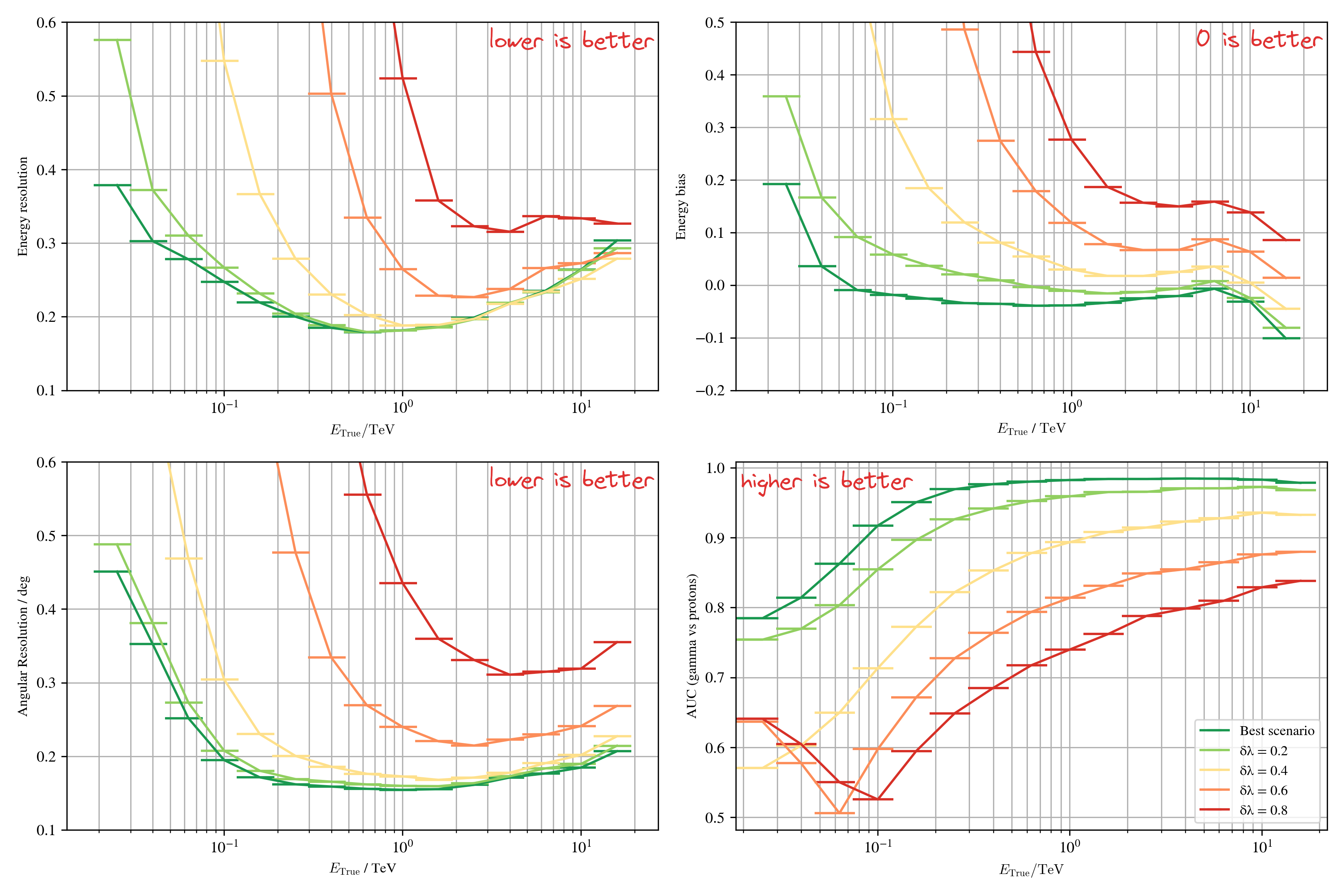
Simulations and real data discrepencies
**Simulations are approximations of the reality**
* Poisson approximation * Independent pixels
* Some pixels are correlated
Data adaptation (or data tuning)
**Modify the simulations to fit the acquisitions**
Train |
Test |
| Labelled | Labelled |
MC+P(λ)
 ratio=50%/50% |
MC+P(λ)
 ratio=50%/50% |
Tab. Dataset composition
Results with data adaptation on Crab (real data)
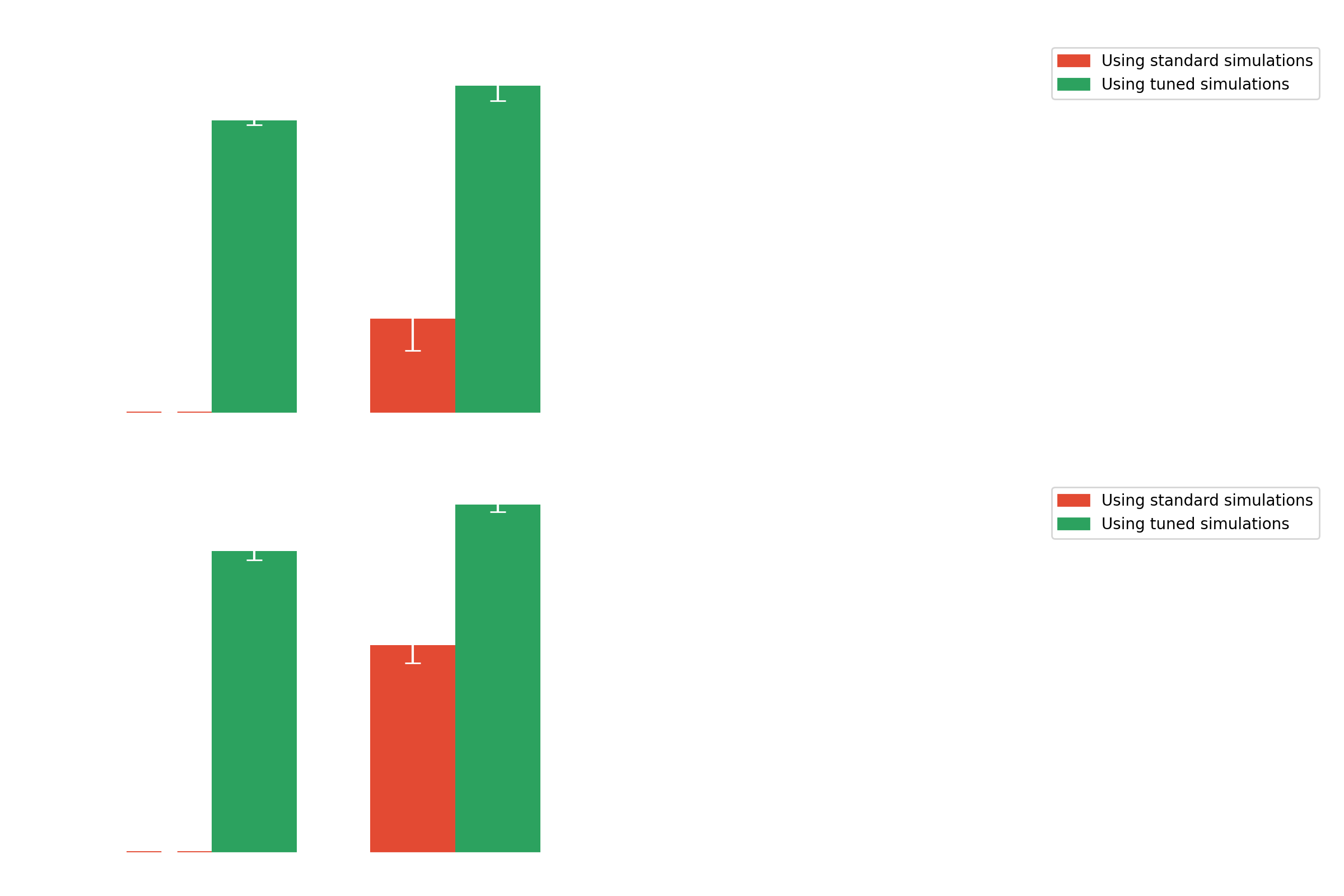
Multi-modality
γ-PhysNet-CBN (Conditional Batch Norm)
**Modify the model to make it robust to noise**
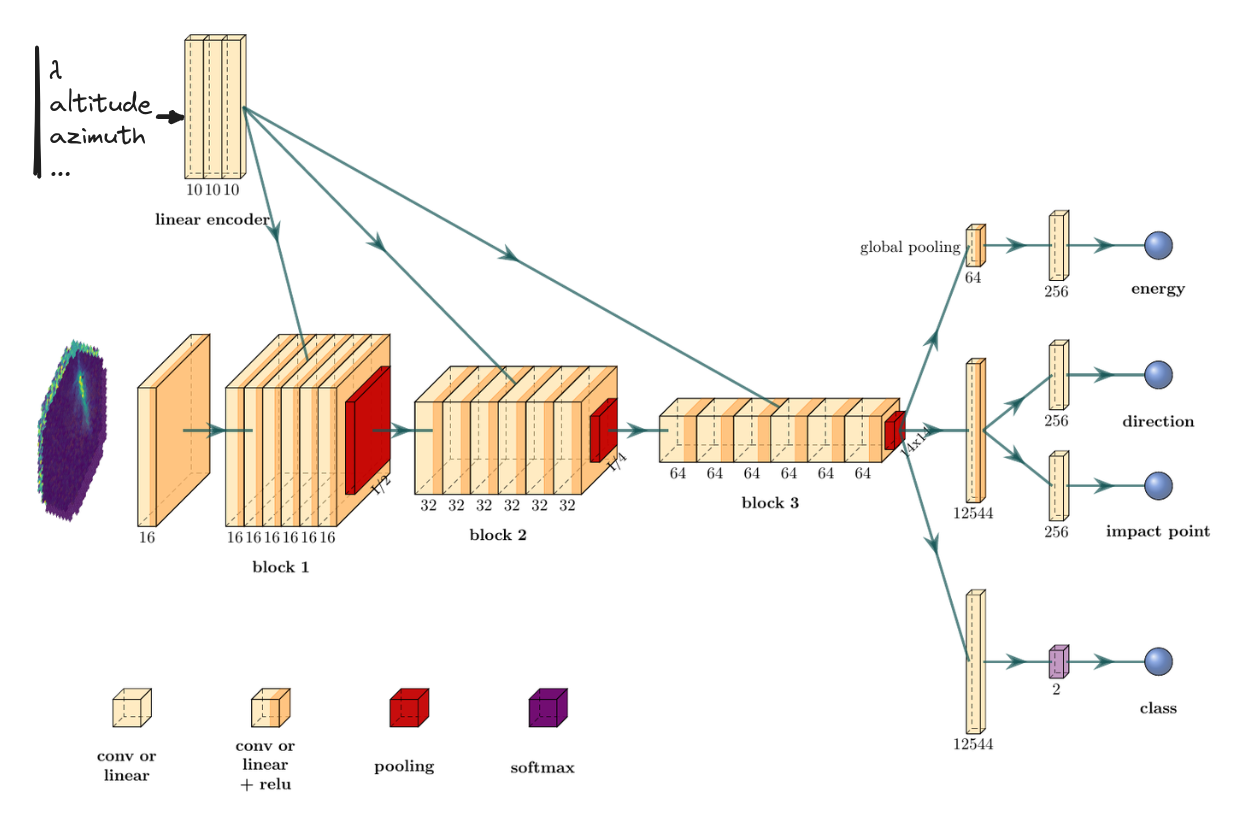
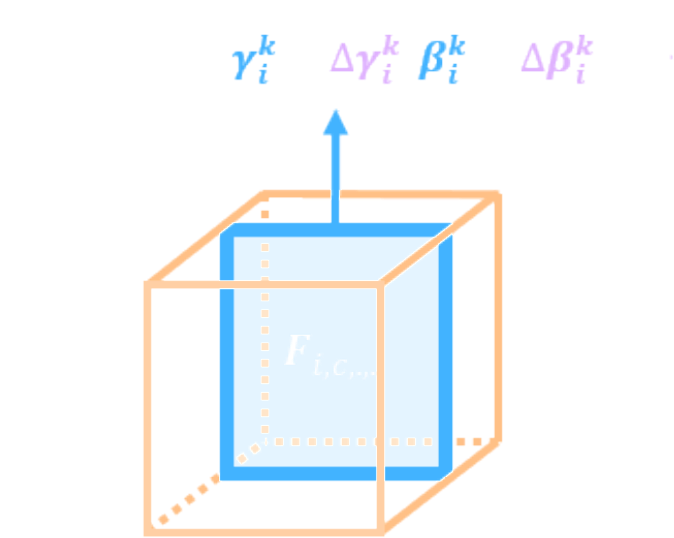
Setup

Train |
Test |
| Labelled | Labelled |
MC+P(λ~Uniform())
 ratio=50%/50% |
MC+P(λ)
 ratio=50%/50% |
Tab. Dataset composition
Results with multi-modality on simulations
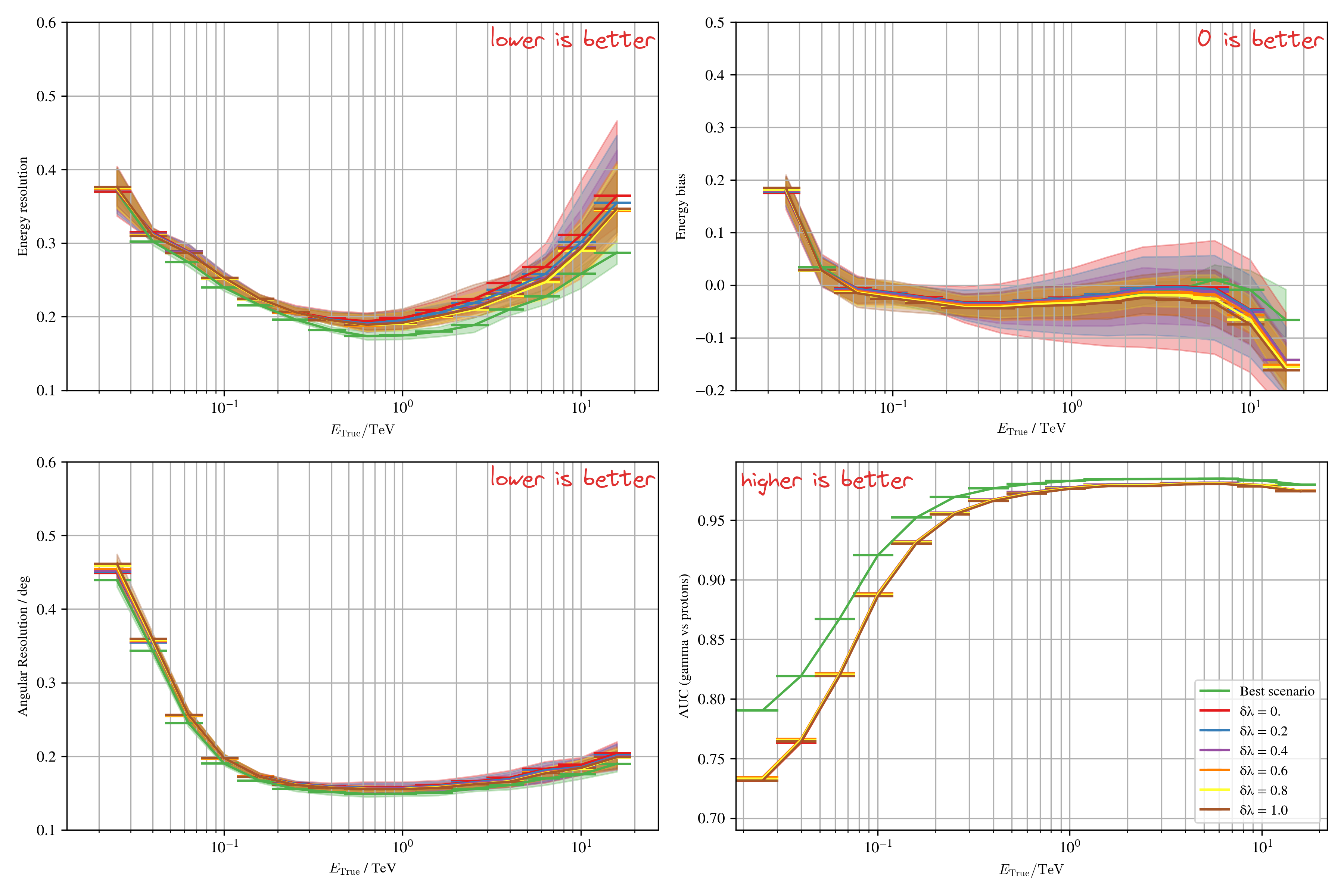
Results with multi-modality on Crab (real data)
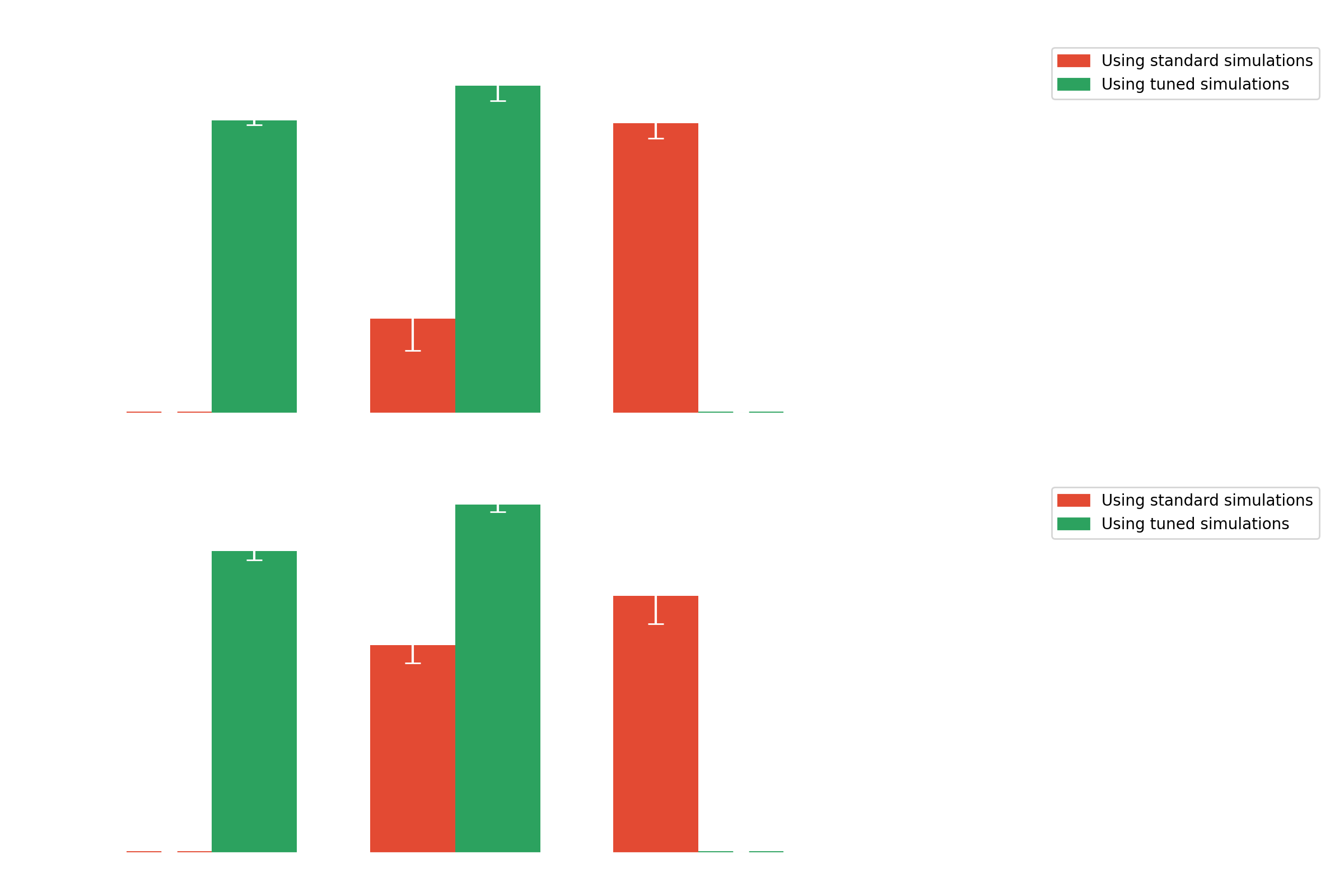
Multi-modality
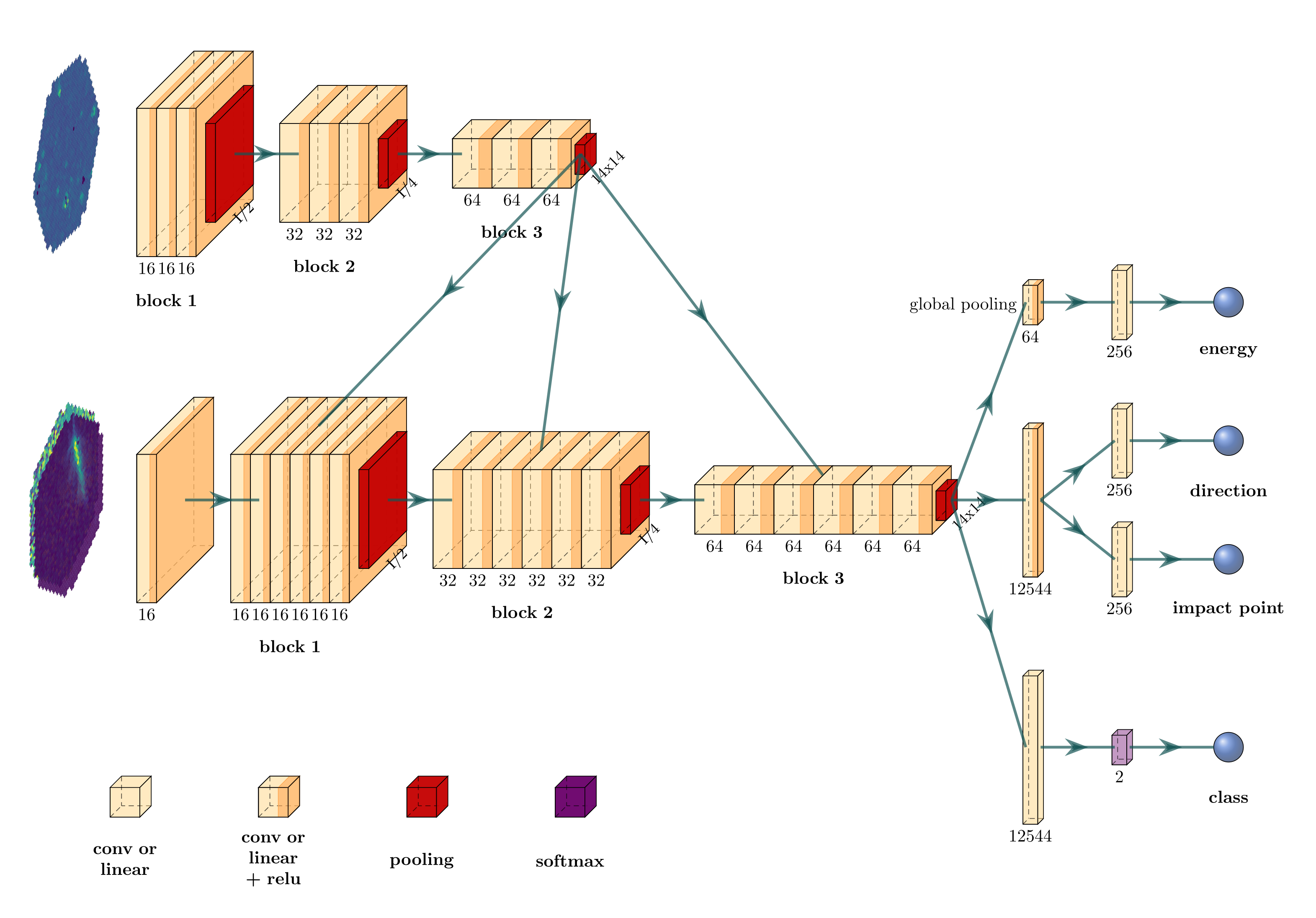
Domain adaptation
Domain adaptation
**[Domain adaptation](https://arxiv.org/abs/2009.00155): Set of algorithms and techniques to reduce domain discrepancies**
* Take into account unknown differences between the source (labelled, simulations) and target (unlabelled, real data) domains * Somehow include unlabelled real data in the training (→ label shift) * Selection, implementation and validation of [DANN](https://arxiv.org/abs/1505.07818) (focus of this talk), [DeepJDOT](https://arxiv.org/abs/1803.10081), [DeepCORAL](https://arxiv.org/abs/1607.01719)
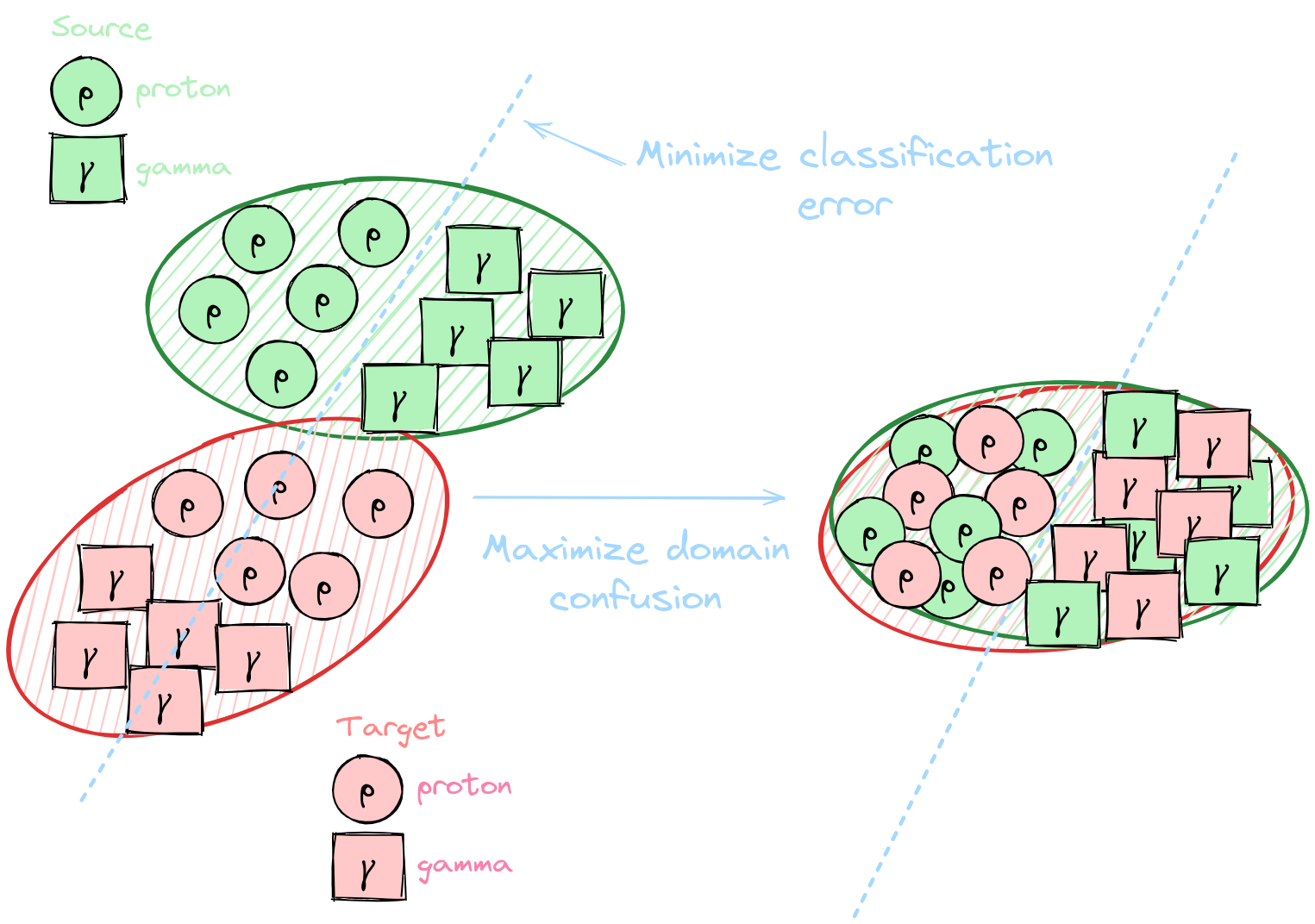
Comparative study and validation
* Traditional deep learning dataset (digits) * Most of the difficulty resides in the optimization of the model (conflicting gradients) * Automatic determination of the loss coefficients * Gradient weighting strategy * Best performance using DANN paired with [Uncertainy Weighting](https://arxiv.org/abs/1705.07115) → **Paper #1**: Method-oriented with results on MC (will be send soon for your review)
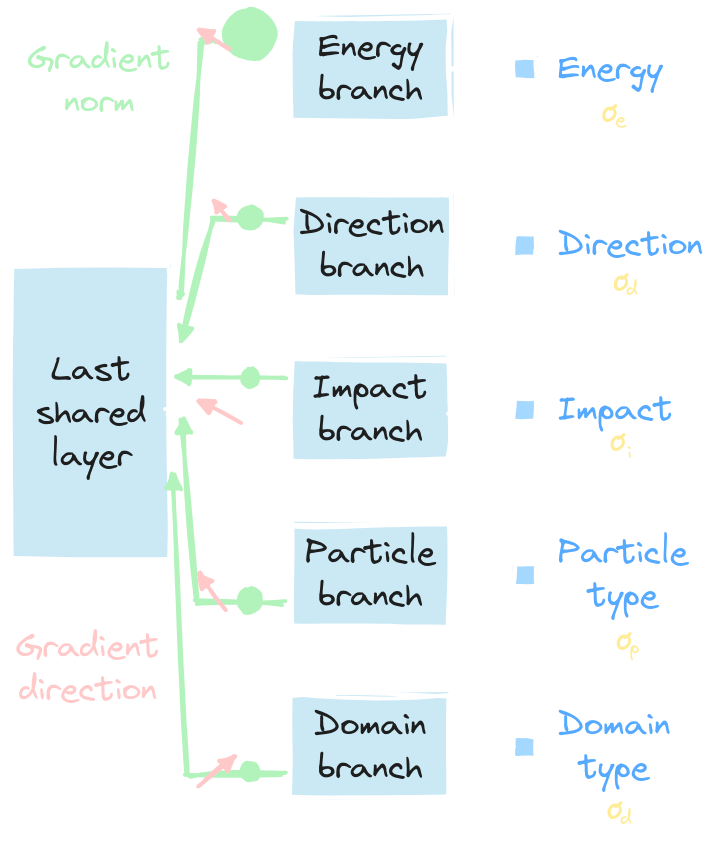
γ-PhysNet-DANN (Domain Adversarial Neural Network)
**Modify the model to make it domain agnostic**
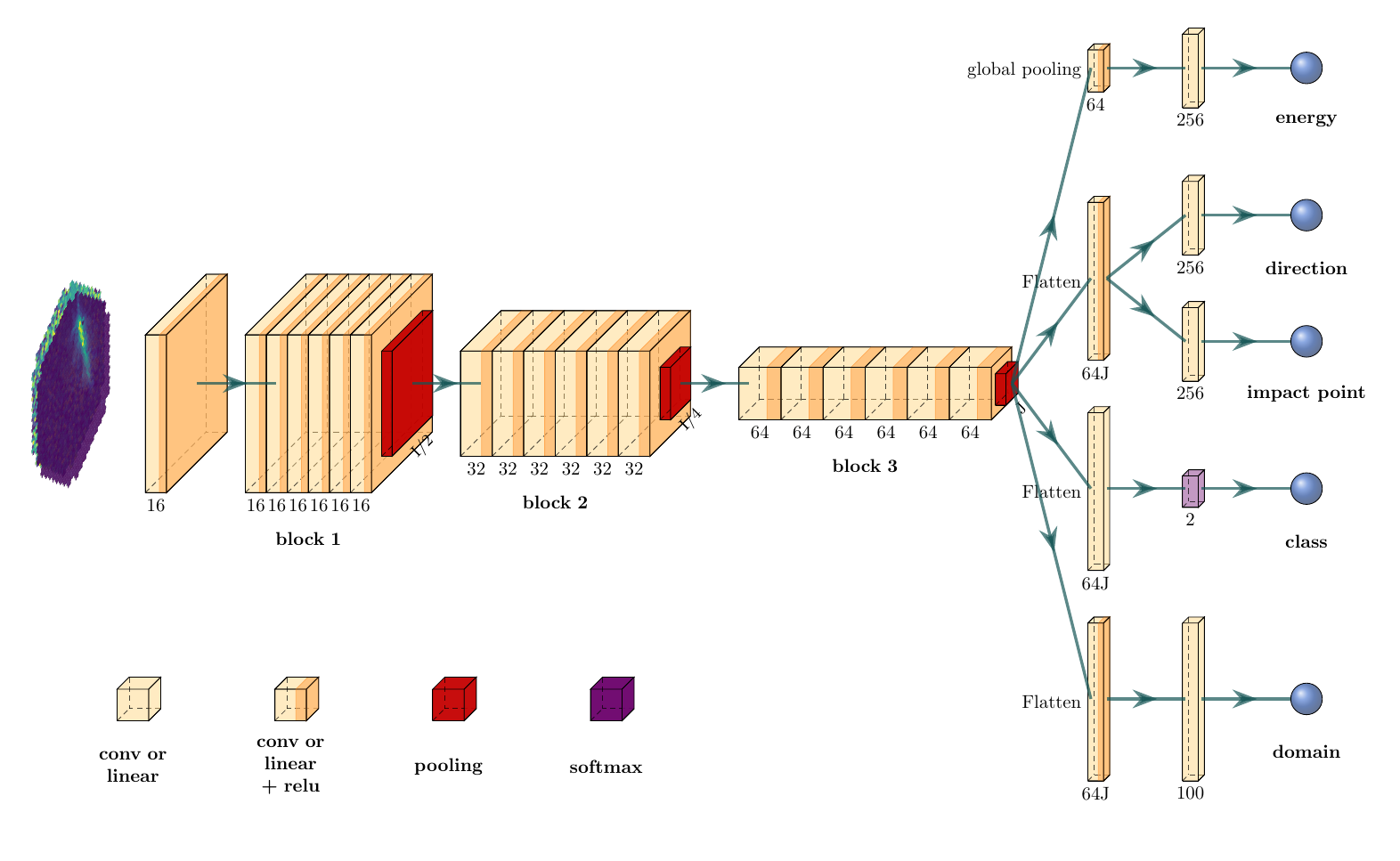
Application of γ-PhysNet-DANN to simulations
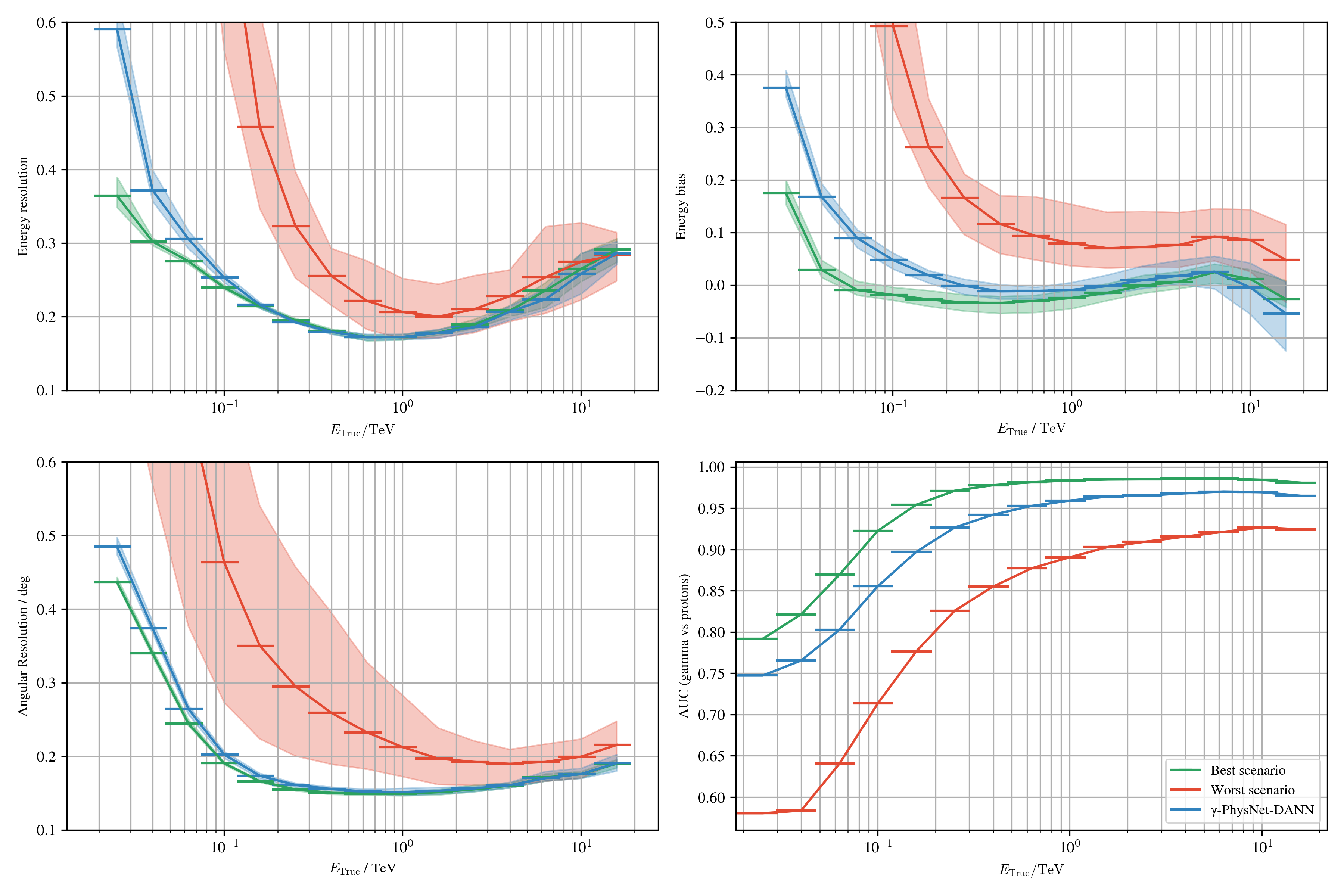
Conditional domain adaptation

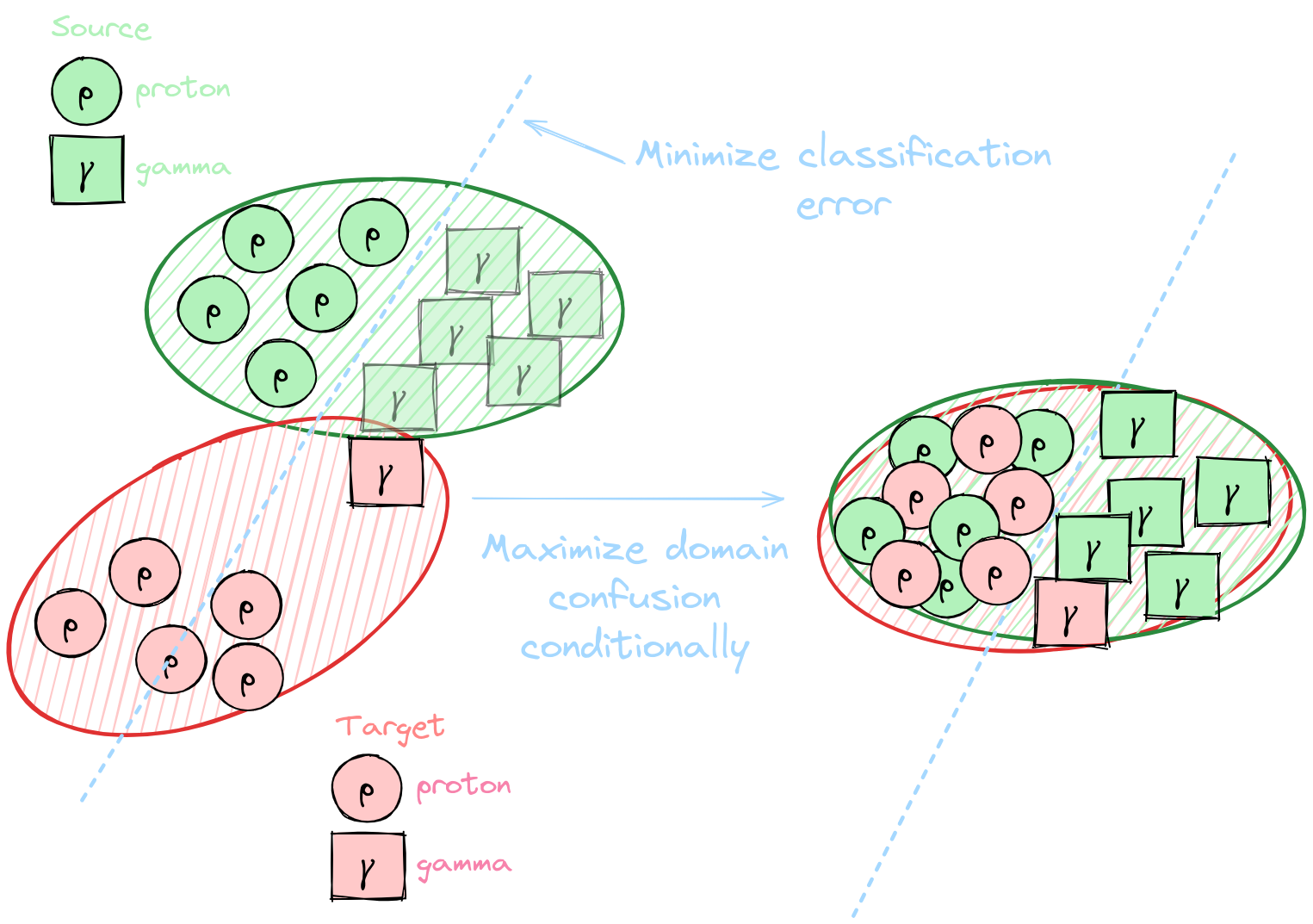
Setup

Train |
Test |
|
| Source Labelled |
Target Unlabelled |
Unlabelled |
MC
 ratio=50%/50% |
MC+P(λ)
 ratio~0.1%/99.9% (Label shift) |
MC+P(λ)
 ratio=50%/50% |
Tab. Dataset composition
Results with domain adaptation on simulations
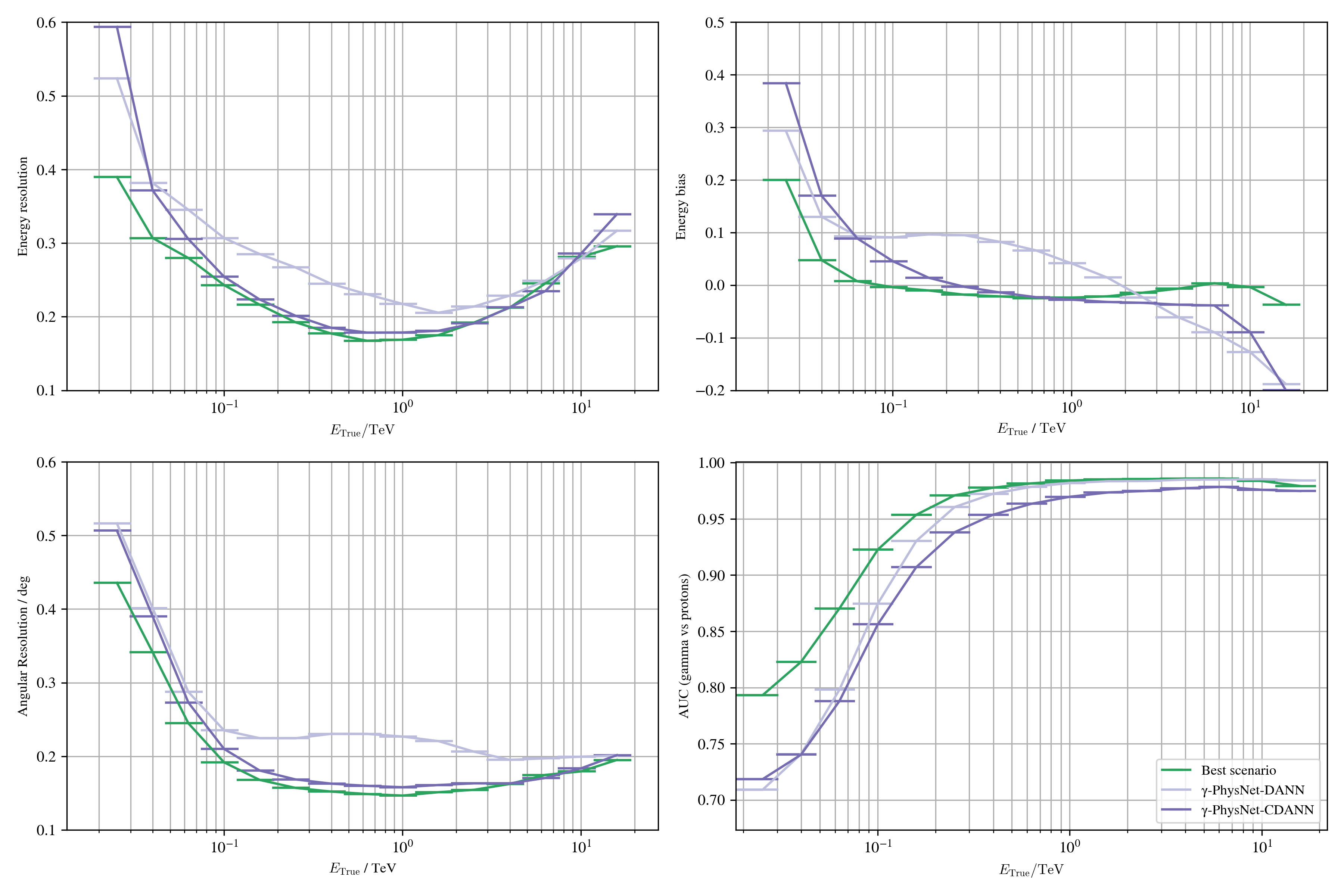
Results with domain adaptation on Crab (real data)
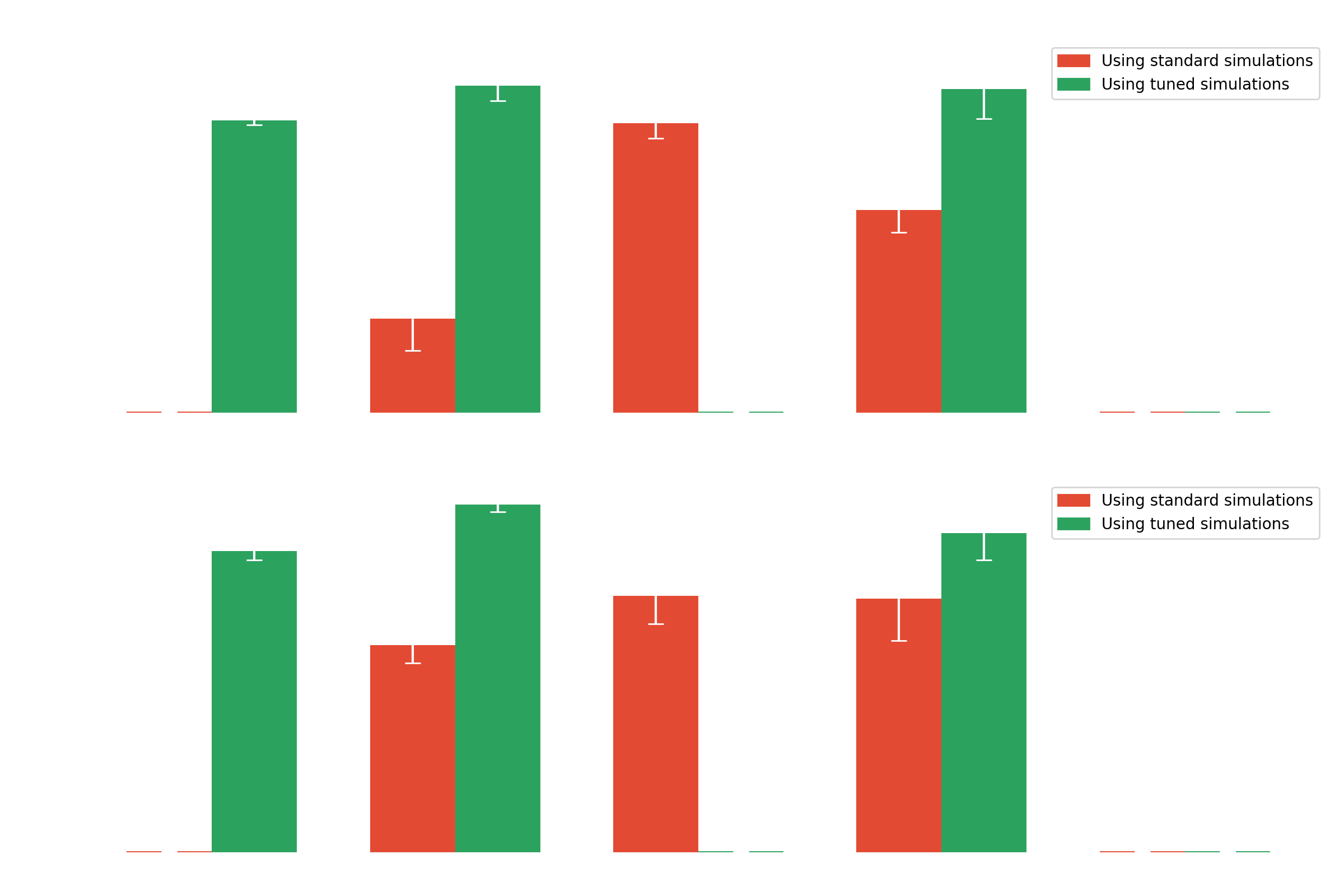
Conclusion and perspectives
Conclusion & Perspectives
- Comparison of Data adaptation, Multi-modality, Domain adaptation to solve simulations vs real data discreprency
- Tested on simulations
- Tested on real data (Crab), both moonlight and no moonlight conditions
- Standard analysis and γ-PhysNet strongly affected by moonlight
- Data adaptation and multi-modality increase the performance in degraded conditions
- The benefits of domain adaptation are not well established yet
- Tuning accurately the MC to data NSB is still the best performing approach
- Domain adaptation can match the best performance on tuned simulations (but more variability)
- γ-PhysNet-CBN with pedestal image conditioning
- Two articles to be published:
- Paper #1: Method-oriented with results on MC (will be send soon for your review)
- Paper #2: Crab analysis
- My PhD ends September 30th
Acknowledgments
![]()
![]()
![]()
![]()
![]()
![]()
![]()
![]()
![]()
![]()
![]()
![]()